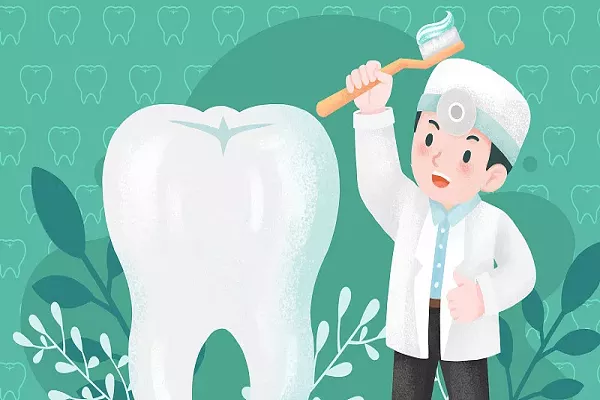Wisdom teeth, also known as third molars, are the last set of molars that typically emerge in late adolescence or early adulthood. They are called “wisdom teeth” because they tend to erupt at an age when a person is presumed to have gained some wisdom. Understanding the growth cycle of wisdom teeth is essential for anticipating potential issues and ensuring proper dental care. In this article, we will delve into the growth cycle of wisdom teeth, their potential problems, and the importance of professional dental evaluation.
Part 1: The Eruption of Wisdom Teeth
Eruption Age
The eruption of wisdom teeth typically occurs between the ages of 17 and 25, although it can vary from person to person. Some individuals may experience their wisdom teeth coming in earlier or later, while others may not develop them at all.
Eruption Process
Wisdom teeth generally erupt through the gum tissue at the back of the mouth, one on each side of the upper and lower jaws, for a total of four wisdom teeth. In some cases, individuals may have fewer than four or even extra wisdom teeth, a condition known as supernumerary teeth.
Partial Eruption
Sometimes, wisdom teeth may only partially emerge through the gum line. This partial eruption can lead to a flap of gum tissue covering the tooth, creating a space for food particles and bacteria to accumulate. Partially erupted wisdom teeth are more challenging to clean and can be susceptible to infections and gum problems.
Part 2: Potential Problems with Wisdom Teeth
Impacted Wisdom Teeth
Impacted wisdom teeth occur when there is not enough space in the jaw for the teeth to emerge fully. As a result, the wisdom teeth may become trapped in the jawbone or gum tissue, causing pain, swelling, and potential damage to adjacent teeth.
Crowding
The late eruption of wisdom teeth can lead to crowding in the mouth, pushing existing teeth forward and disrupting the alignment of the dental arch. Orthodontic treatment may be necessary to address this issue.
Infection and Gum Disease
Partially erupted or impacted wisdom teeth can create pockets where food particles and bacteria can accumulate, leading to infection and gum disease. This can cause pain, swelling, and bad breath.
Part 3: Importance of Professional Dental Evaluation
Regular dental checkups are essential for monitoring the growth and development of wisdom teeth. A dentist or oral surgeon can use X-rays and clinical examination to determine the position and condition of the wisdom teeth.
Early Detection of Problems
Regular dental evaluations can detect potential issues with wisdom teeth early on. If a dentist anticipates problems with wisdom teeth eruption, they may recommend their removal before they cause complications.
Wisdom Teeth Removal
In cases of impacted wisdom teeth or when there is not enough space for proper eruption, a dentist may recommend wisdom teeth removal. This procedure is typically performed by an oral surgeon under local anesthesia or sedation.
Post-Operative Care
Following wisdom teeth removal, proper post-operative care is crucial for a smooth recovery. This includes following the dentist’s instructions, maintaining good oral hygiene, and eating soft foods during the healing process.
Conclusion
The growth cycle of wisdom teeth is a natural part of dental development, but it can come with potential complications. Regular dental checkups are essential for monitoring the growth and position of wisdom teeth and detecting any potential problems early on. If issues with wisdom teeth are anticipated, their removal may be recommended to prevent pain, infections, and other dental complications. Remember to consult a dentist or oral surgeon for personalized advice and treatment options based on your specific dental needs. By staying proactive with dental care, you can ensure a healthy smile and maintain optimal oral health throughout life.





























